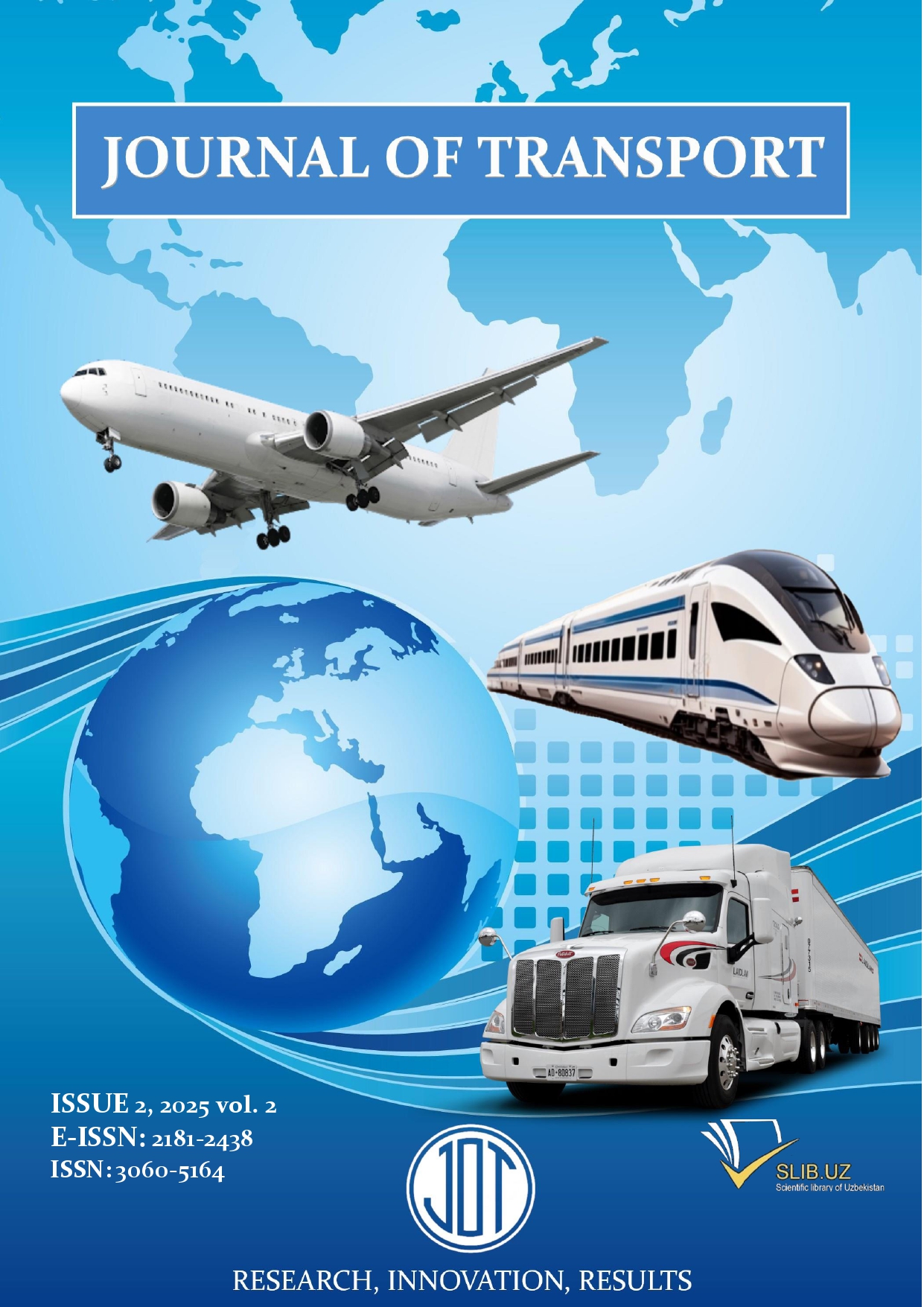Methods for identifying factors influencing the complexity of urban bus routes
Abstract
This article provides an in-depth analysis of the key factors for assessing the complexity of urban public transport, particularly bus routes, their resulting impacts, and applicable technological tools. Factors such as route geometry, number and density of stops, number and type of intersections, pedestrian crossings and railway crossings directly affect service quality and travel time reliability. The research employs GPS monitoring system technologies. Using GIS software such as QGIS, methods for route optimization and visual complexity analysis are demonstrated. This empirical and analytical approach serves to enhance the economic efficiency of urban bus transport, improve the level of passenger needs satisfaction, and develop additional policy and planning measures through comprehensive statistical analysis. The results provide practical recommendations for modernizing urban transport systems.
References
[2] Furth, P. G., & Muller, T. (2007). Service Reliability and Optimal Running Time Schedules. Transportation Research Record: Journal of the Transportation Research Board, 2034, 55–61.
[3] Strathman, J. G., Dueker, K. J., Kimpel, T. J., & Gerhart, R. (2000). Bus Transit Operations Control: Review and an Experiment Involving Tri-Met's Automated Bus Dispatching System. Journal of Public Transportation, 3(2), 27–48.
[4] Mahdy, H. A. (2012). Toward Reliable Public Bus Services in Greater Cairo. Journal of Advanced Social Research, 2(3), 165–176.
[5] Bohte, W., & Maat, K. (2009). Deriving and Validating Trip Purposes and Travel Modes for Multi-Day GPS-Based Travel Surveys: A Large-Scale Application in the Netherlands. Transportation Research Part C: Emerging Technologies, 17(3), 285–297.





